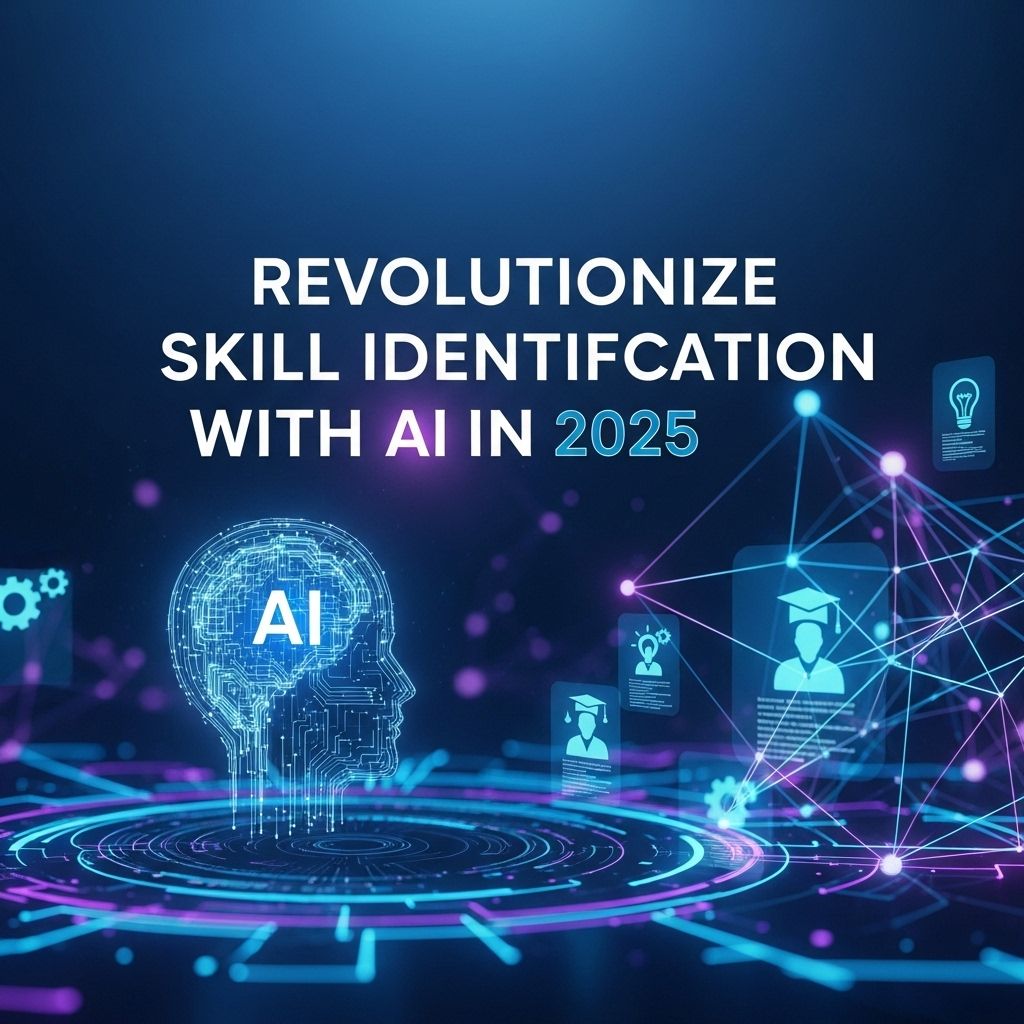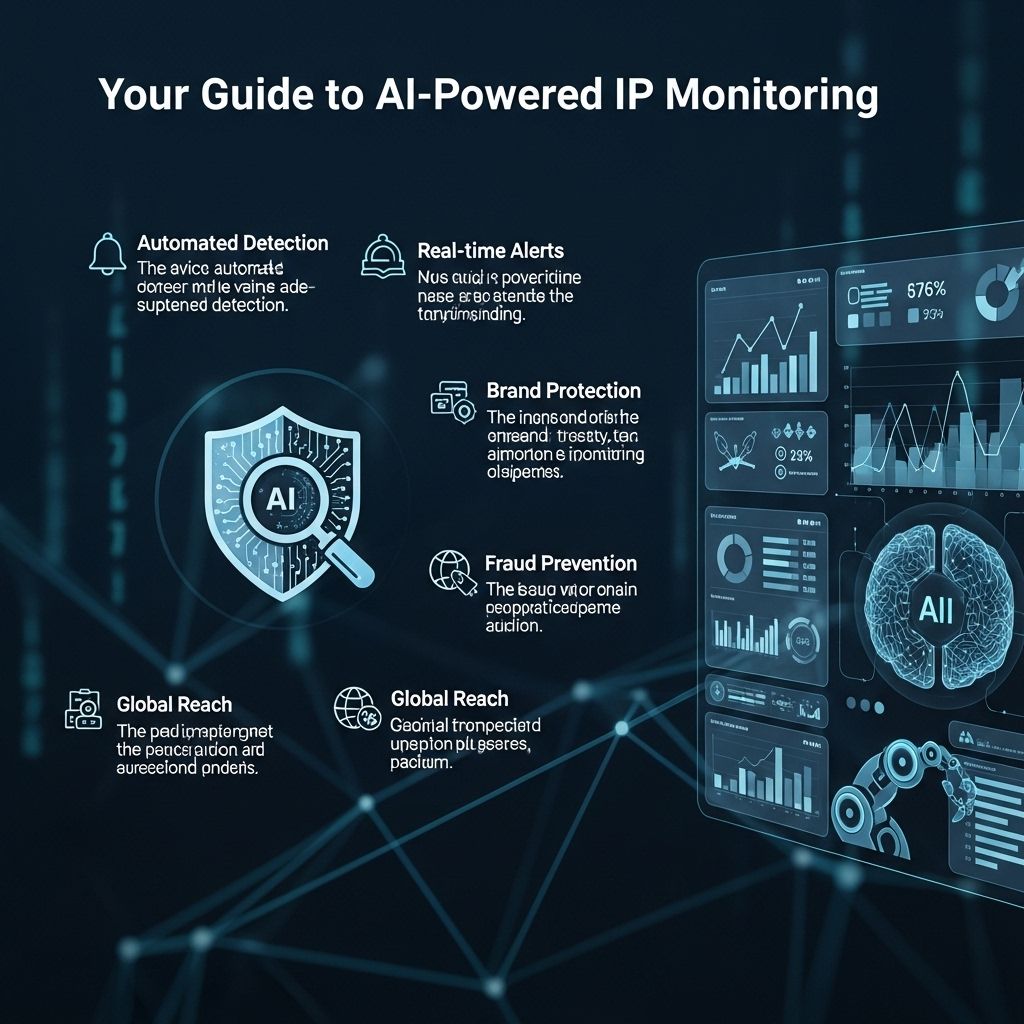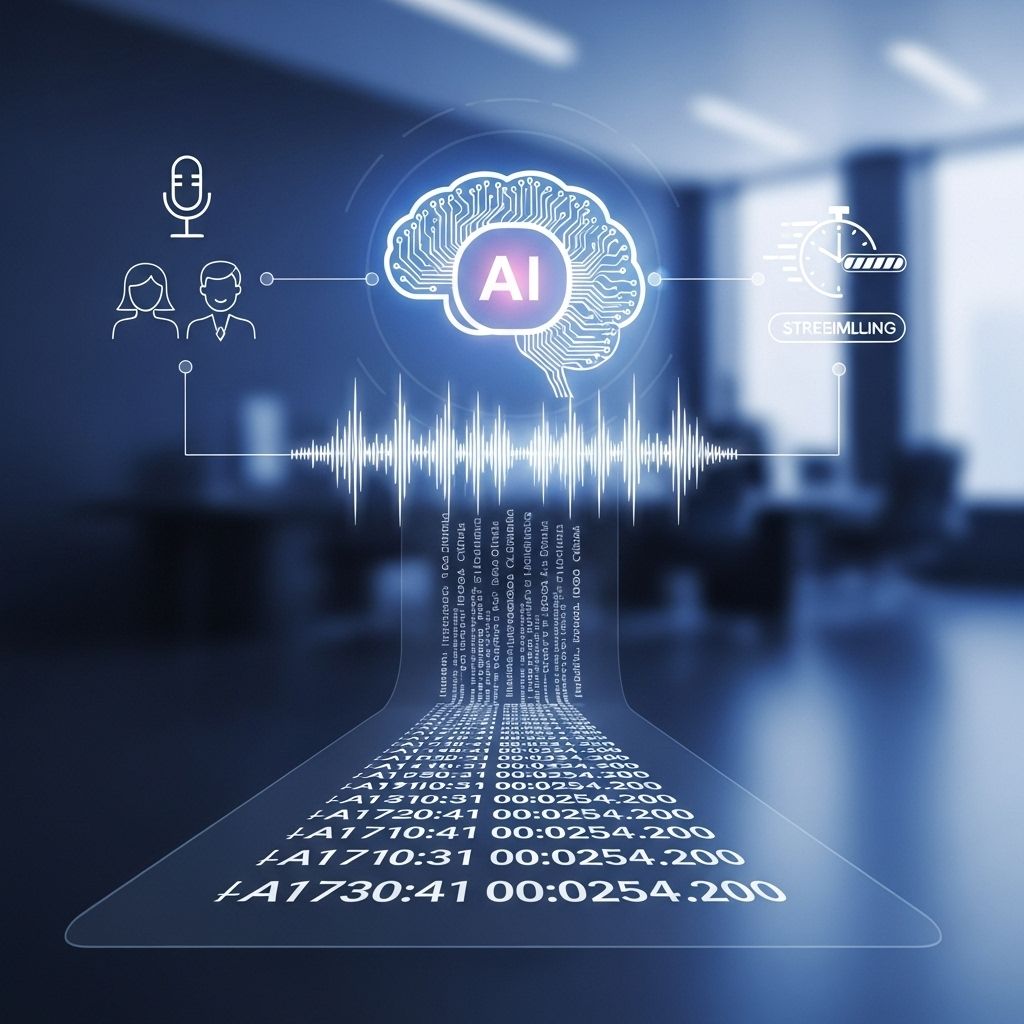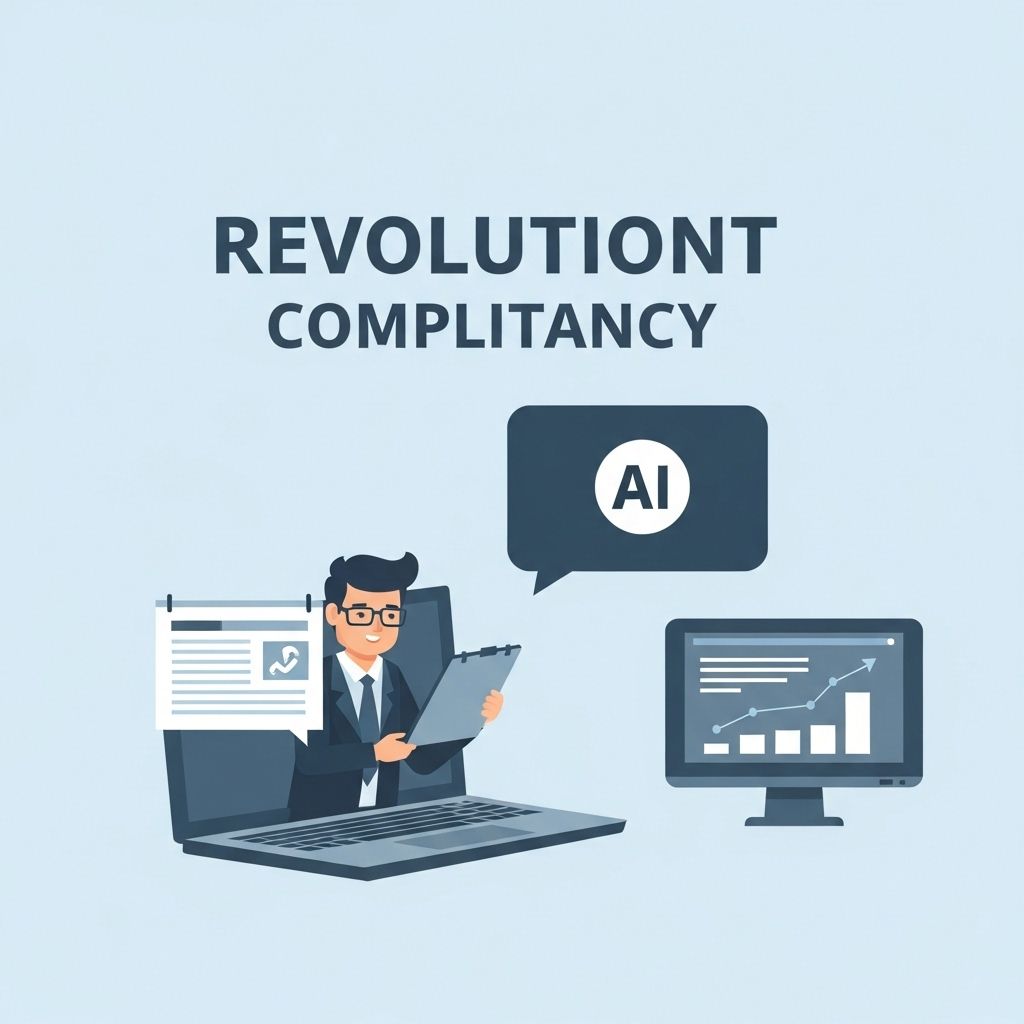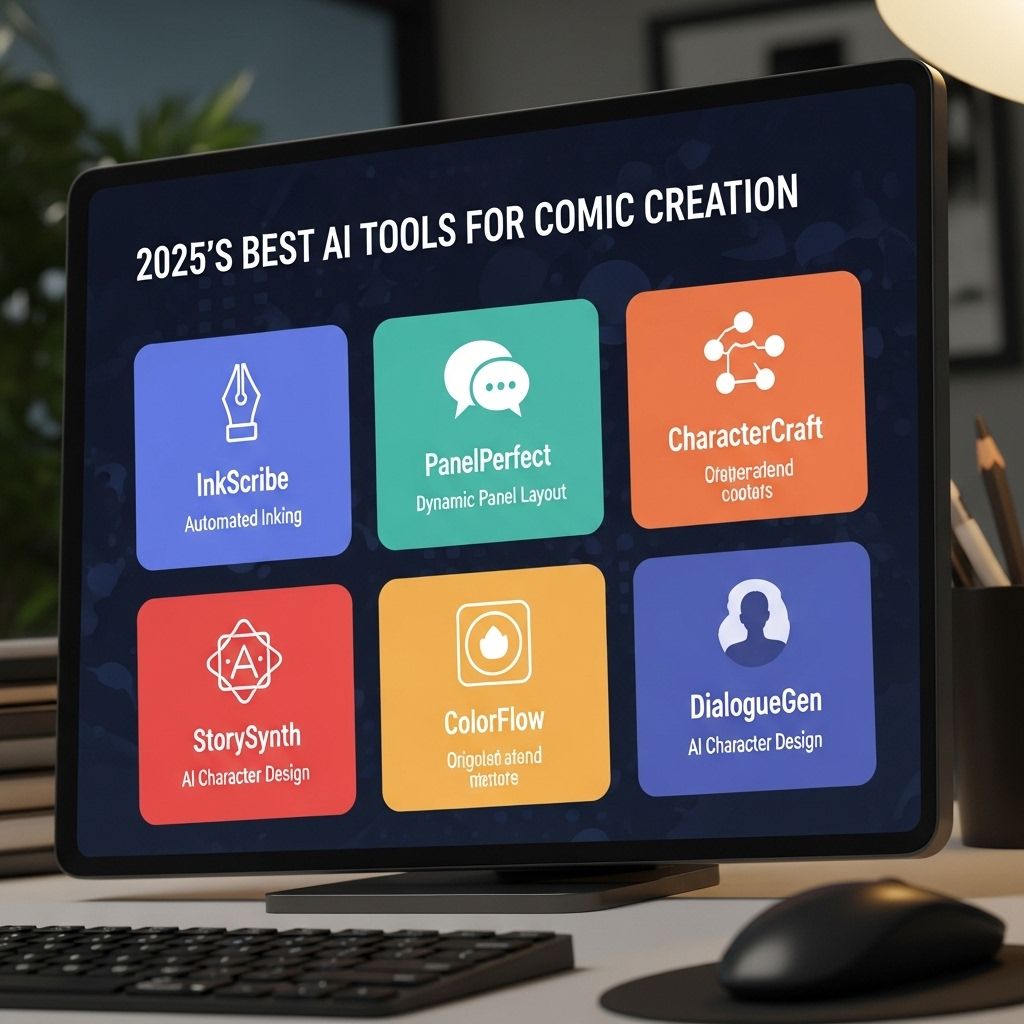Revolutionize Your Business with Voice-Controlled AI in 2025
Discover how voice-controlled AI will transform business operations and enhance customer interactions by 2025. Stay ahead with innovative strategies!

As we step into the future, the integration of voice-controlled AI technologies is transforming the business landscape in unprecedented ways. With advancements in natural language processing and machine learning, businesses are now able to harness the power of voice recognition for improved efficiency, customer engagement, and operational capabilities. This article delves into how voice-controlled AI is set to revolutionize business processes by 2025, exploring its benefits, applications, and challenges.
Table of Contents
Understanding Voice-Controlled AI
Voice-controlled AI refers to systems that utilize voice recognition technology to understand and respond to spoken commands. This technology enables seamless interaction between humans and machines, allowing for intuitive user experiences. Key components of voice-controlled AI include:
- Natural Language Processing (NLP): The ability of AI to understand and interpret human language.
- Machine Learning: Algorithms that improve performance through experience and data.
- Speech Recognition: The ability to convert spoken language into text.
Benefits of Implementing Voice-Controlled AI
The adoption of voice-controlled AI brings several advantages to businesses, including:
1. Enhanced Customer Experience
Voice interactions provide a more personalized experience for customers, allowing for faster resolutions and a more engaging interface.
2. Increased Efficiency
Tasks that typically require manual input can be automated through voice commands, streamlining operations and reducing strain on employees.
3. Cost Reduction
By automating routine tasks, companies can save on labor costs and allocate resources more effectively.
4. Competitive Advantage
Businesses that leverage voice-controlled AI can differentiate themselves in the market by offering innovative solutions.
Applications of Voice-Controlled AI in Business
There are numerous applications of voice-controlled AI across various sectors. Some notable examples include:
1. Customer Service
AI-powered voice assistants can handle routine inquiries, allowing human agents to focus on more complex issues. For instance:
| Voice Assistant | Functionality | Benefits |
|---|---|---|
| Chatbots | Answer FAQs | 24/7 availability |
| Voice Surveys | Collect customer feedback | Real-time insights |
| Appointment Scheduling | Manage bookings | Reduced no-shows |
2. Sales and Marketing
Voice technology can enhance sales strategies by providing customers with hands-free shopping experiences. For example:
- Voice shopping through platforms like Amazon Alexa.
- Personalized recommendations based on voice queries.
- Direct interaction with sales representatives via voice commands.
3. Workflow Automation
Businesses can utilize voice-controlled AI to automate various tasks, such as:
- Setting reminders and schedules.
- Generating reports based on voice inputs.
- Controlling IoT devices within office settings.
Challenges in Adopting Voice-Controlled AI
Despite the numerous benefits, several challenges may hinder the widespread adoption of voice-controlled AI:
1. Data Privacy Concerns
As voice assistants record and process spoken data, businesses must address privacy issues by implementing secure data practices to protect customer information.
2. Integration with Existing Systems
Integrating voice-controlled AI into current workflows can be complex, requiring businesses to ensure compatibility with existing technologies.
3. User Acceptance
Not all users are comfortable with voice interfaces. Training and support are essential to boost acceptance among employees and customers alike.
The Future of Voice-Controlled AI in Business
Looking ahead to 2025, voice-controlled AI is projected to become even more sophisticated, with advancements in the following areas:
1. Improved Accuracy
Enhanced algorithms will lead to higher accuracy in speech recognition, making interactions smoother and more reliable.
2. Multilingual Capabilities
With globalization, voice-controlled AI will support multiple languages, allowing businesses to cater to diverse customer bases.
3. Emotion Recognition
Future voice technologies may also be able to read emotional cues in speech, enabling more empathetic customer interactions.
Conclusion
As we approach 2025, the potential of voice-controlled AI in business is boundless. Organizations that embrace this technology will not only streamline their operations but also enhance customer engagement and satisfaction. To stay competitive in an ever-evolving market, investing in voice-controlled AI systems will be crucial for success in the coming years. The key will be to overcome the challenges associated with implementation while maximizing the benefits that voice technology has to offer.
FAQ
What is voice-controlled AI and how can it revolutionize business in 2025?
Voice-controlled AI refers to artificial intelligence systems that can understand and respond to voice commands. In 2025, it is expected to revolutionize business by enhancing customer interactions, streamlining operations, and improving accessibility for users.
What are the benefits of implementing voice-controlled AI in my business?
Implementing voice-controlled AI can lead to increased efficiency, reduced operational costs, improved customer satisfaction, and the ability to gather valuable data insights through voice interactions.
How can voice-controlled AI improve customer service?
Voice-controlled AI can improve customer service by providing instant responses to inquiries, personalizing interactions based on customer history, and allowing for hands-free assistance, thereby enhancing the overall customer experience.
What industries can benefit from voice-controlled AI technology?
Industries such as retail, healthcare, finance, and hospitality can benefit significantly from voice-controlled AI technology by automating tasks, improving communication, and enhancing service delivery.
What are the challenges of integrating voice-controlled AI in business operations?
Challenges may include ensuring data privacy, managing user acceptance, integration with existing systems, and the need for ongoing training to adapt to new technologies.
How can businesses prepare for the adoption of voice-controlled AI by 2025?
Businesses can prepare by investing in AI training, conducting market research to understand customer needs, and developing a clear strategy for integrating voice technology into their existing processes.

